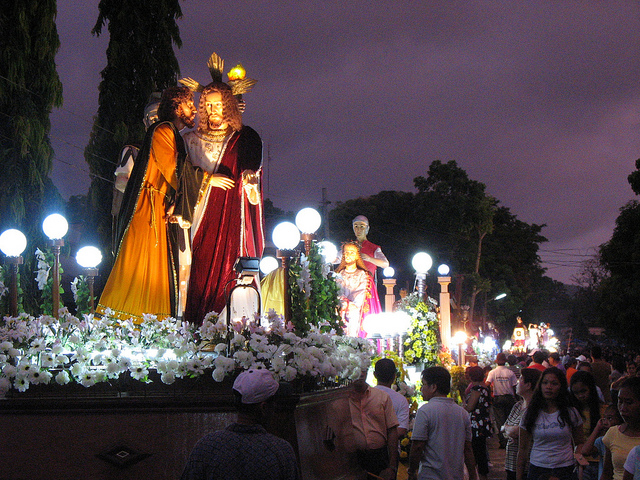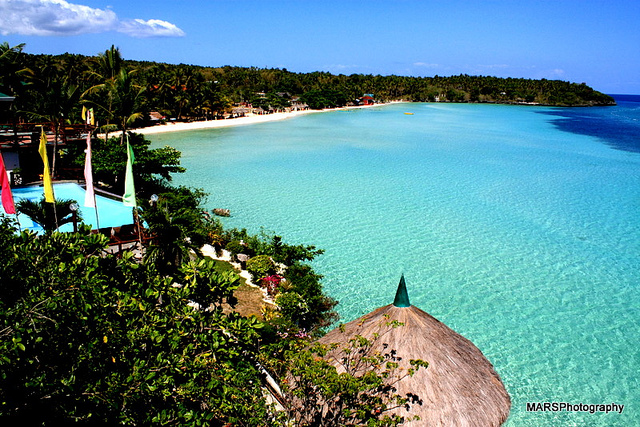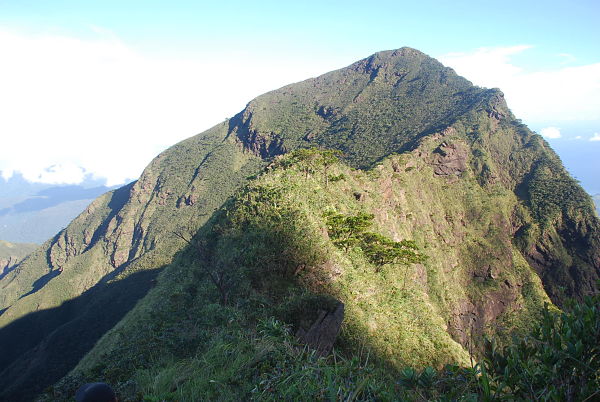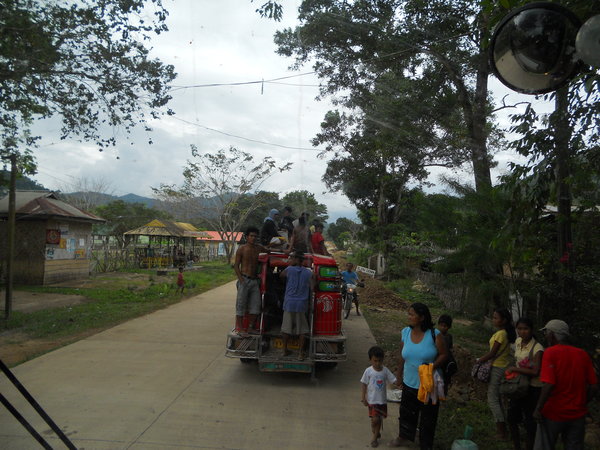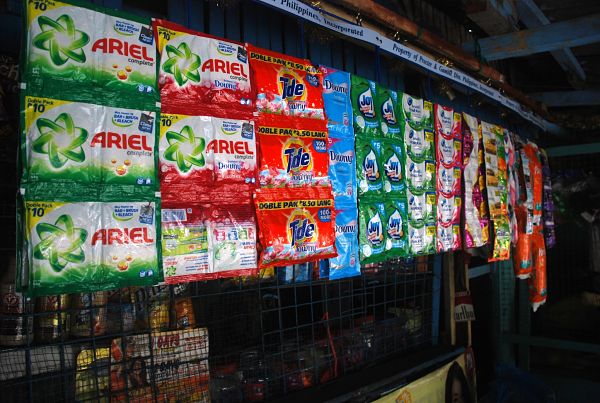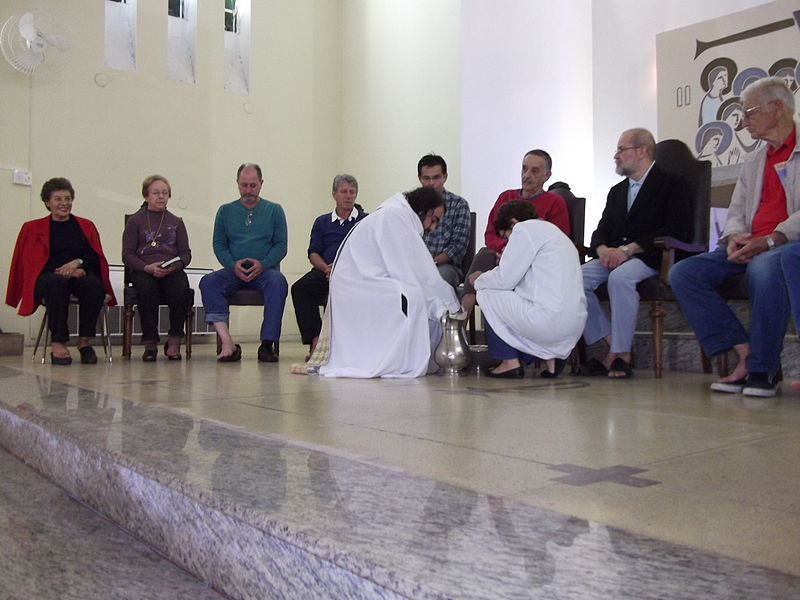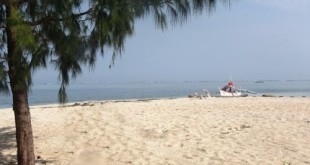The Visayas in Central Philippines is home to a handful of nationally-renowned religious and cultural festivals that are considered to be some of the most colorful in the country. On your (first/next) visit to the Philippines, you may want to plan your trip around Visayan festivals to see not only spectacular sights but also to take part in the region’s culture deeply rooted in its pagan and Christian past, and the people’s resilience against adversity. On top of these wildly colorful events, you also get to enjoy free concerts, no-admission-fee pageants and street parties that are attendant to these festivities.
So mark your calendar, put your best foot forward, and shed your inhibitions.
Ati-Atihan Festival
14-20 January 2013 in Kalibo, Aklan
Originally celebrated as a pagan thanksgiving festival of upland-dwelling “ati” (Aeta) to the help given by lowlanders (descendants of Malay chieftains who fled from the island of Borneo) after a bad harvest of the Aetas, Ati-Atihan evolved to be a religious festival celebrating the Infant Jesus. The Aetas of the original festival danced for the lowlanders in grateful acknowledgment of the food they were given, and the lowlanders joined with them in celebration. Today, that very ritual is the core of the festivities, with merrymakers donning Aeta costumes (elaborate headdresses, spears, shields and colorful loincloths) and painting their bodies with soot. The “tribes” perform for the audience (but compete with each other for prizes) to the accompaniment of upbeat percussions that inspire wild abandon.
Dinagyang Festival
25-27 January 2013 in Iloilo City
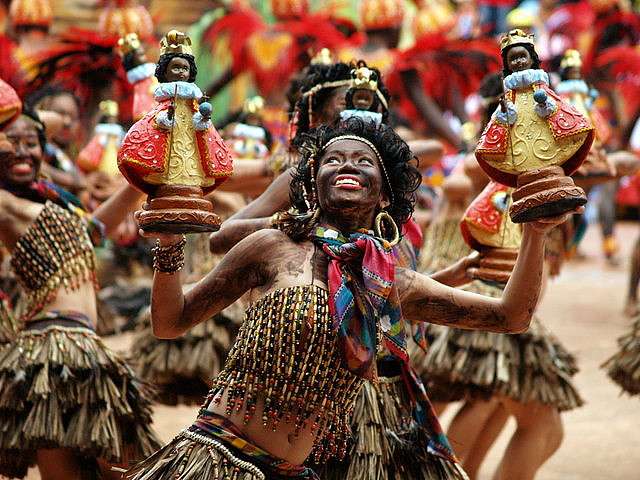
Dinagyang, Ilonggo term for revelry, is the Iloilo version of Aklan’s Ati-Atihan. In keeping with authenticity, Aeta tribes from the hinterlands are sometimes invited to perform their dances and rituals, while the rest of the “tribes” compete with one another for prizes. As a result, costumes can really go over the top, and moves uninhibited as both performers and spectators gyrate and cavort to the drums.
Sinulog Festival
11-20 January 2013 in Cebu City
Sinulog Festival celebrates the embrace of Roman Catholicism by the natives of Cebu, the first people of the islands to have done so. A fluvial parade is scheduled on the morning of the 3rd Sunday of January (January 20) when the image of the Infant Jesus or Santo Nino is carried by bedecked motorized boat from Mandaue City to Cebu City. A reenactment of the Catholic conversion of Cebuanos (natives of Cebu) is performed in the morning, and a more solemn procession takes place in the afternoon of the feast day. On the days leading to the feast day, colorfully-clad Sinulog performers take to the streets to do the “sulog” dance (dance movement that mimics the water current) to the sound of percussions and native gongs. The more traditional rendition of this dance is performed by candle vendors outside the Basilica Minore del Santo Nino in Cebu City, where they do the “two steps forward, one step backward” dance for devotees who want to light candles and offer prayers.
MassKara Festival
1-19 October 2013 in Bacolod City
In 1980, Negros Occidental and its capital Bacolod City was hard hit by the sugar crisis. As the province was mostly reliant on sugar back then (and even now), the crisis meant a period of famine for farm workers and their families. To rally the Negrenses to persevere despite the economic gloom, the MassKara festival was born. The festival is celebrated throughout the first two weeks, and sometimes even extends to the third week, of October, to celebrate the Bacolod Charter Anniversary as well. “MassKara” is a word play for “mask”, the prominent feature of the festivities as all street performers wear smiling masks and brightly colored costumes as they dance to taped Ilonggo music. A recent addition to the festivities is the Electric Masskara, where performers wear LED lights on their costumes and perform in the evening on each stage set along Bacolod’s main artery. Revelers who are too conscious to lose it on the streets may opt to wear a mask, or bring one home as souvenir.
These are by no means the only festivities in the region, but these are by far the biggest in terms of participant turnout and scale of grandiosity. “Fiestas” or festivals are deeply ingrained in the Filipino psyche, and each town and even “barrio” (borough) celebrate their own festivities to honor their local patron saint. This means that anytime and anywhere is a good time to visit and celebrate with the people.
Photos by blueacid, jsigharas, blueacid and jeff pioquinto, sj
